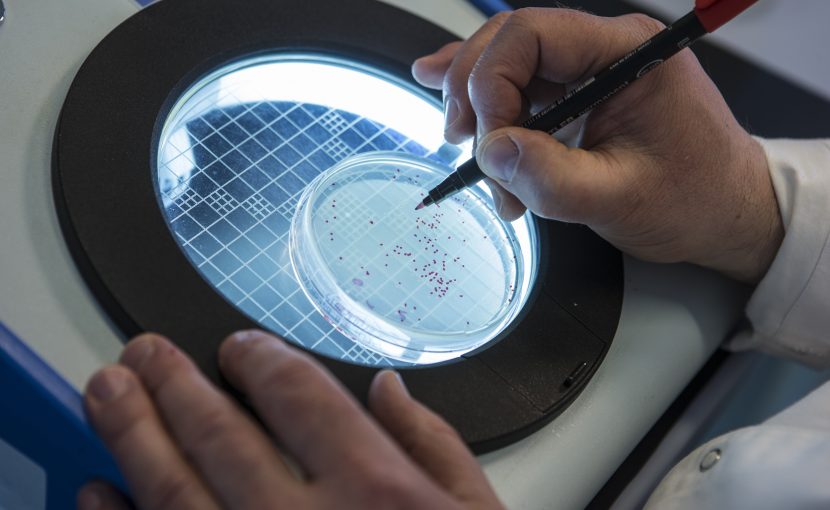Antimicrobial resistance forms a risk for public health. Resistant bacteria and the genes for antimicrobial resistance are also found in surface water and groundwater. KWR is working with the drinking water sector to investigate whether that can be a problem for the supply of drinking water.
Antimicrobial resistance
Bacteria that are resistant to antibiotics form an increasingly larger problem for the health services. It is regularly reported in the news that hospitals have to close wards temporarily due to contamination with resistant bacteria. Due to the increasing antimicrobial resistance doctors have fewer and fewer resources available for effectively helping patients with a bacterial infection. Antibiotics, antimicrobial resistant bacteria and the genes for antimicrobial resistance are currently found at many places in the environment. The environment is therefore one of the focal points of the Action Plan on Antimicrobial Resistance of the World Health Organization WHO and the EU.
Drinking water
KWR is also undertaking research into antimicrobial resistance, both within the European ANSWER project, the European Resisteaume collaboration, and within the collective research for the water companies, because antimicrobial resistant bacteria and the genes for antimicrobial resistance are also found, for example, in the water used for producing drinking water. The water sector is now analysing whether the presence of antimicrobial resistant bacteria or the genes for resistance in the sources of drinking water can form a problem for the supply of drinking water. The water companies and researchers from within and outside of KWR met on 17 November in order to discuss in depth the state of knowledge surrounding antimicrobial resistance. They also jointly formulated the questions that the drinking water companies would still like to have answered, so it is clear what role they can also play in dealing with antimicrobial resistance.
Researching the risks
For example, one of those questions is whether the presence of antimicrobial resistant bacteria and genes for antimicrobial resistance in the sources of drinking water also means that they can occur in the actual drinking water. And, if that is the case, does it represent a problem? Is there an increasing risk for the consumer? And what is the extent of the potential risk from drinking water, compared to other risks of exposure to antimicrobial resistant bacteria from international travel, via food and the living environment or from contact with people who are ill? The role of drinking water in the spread of antimicrobial resistance is probably insignificant however research is required in order to be certain of the facts.
